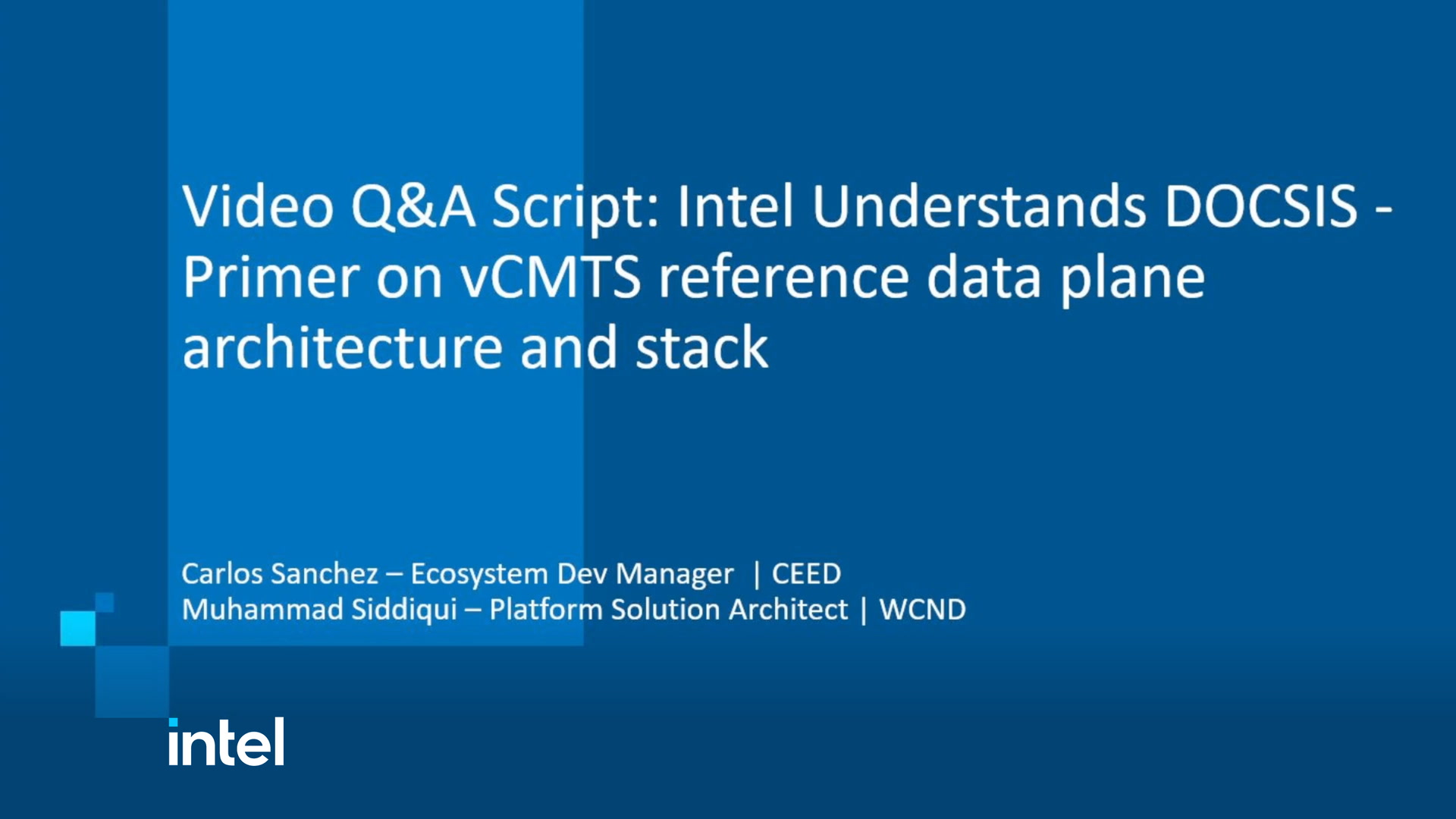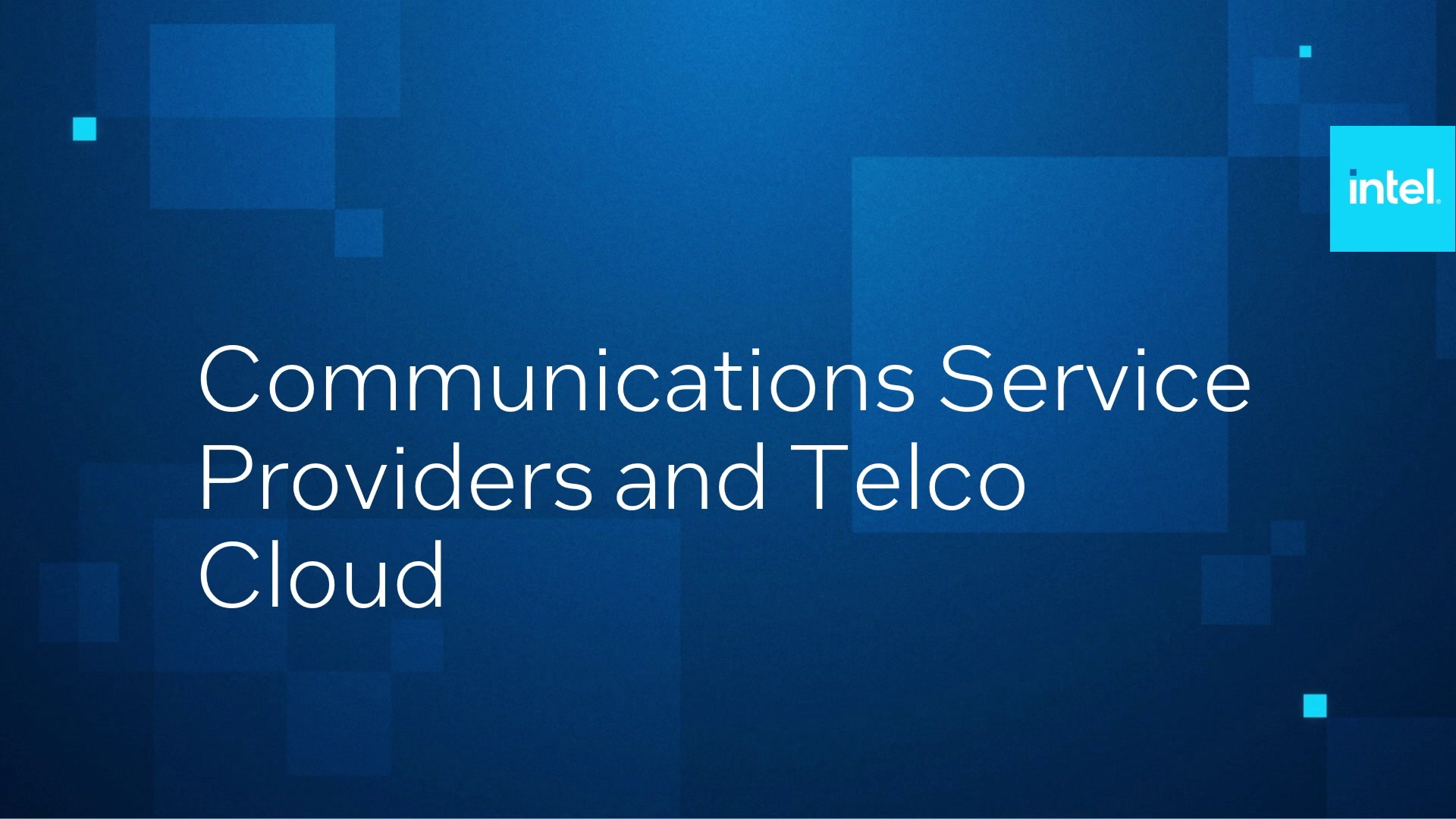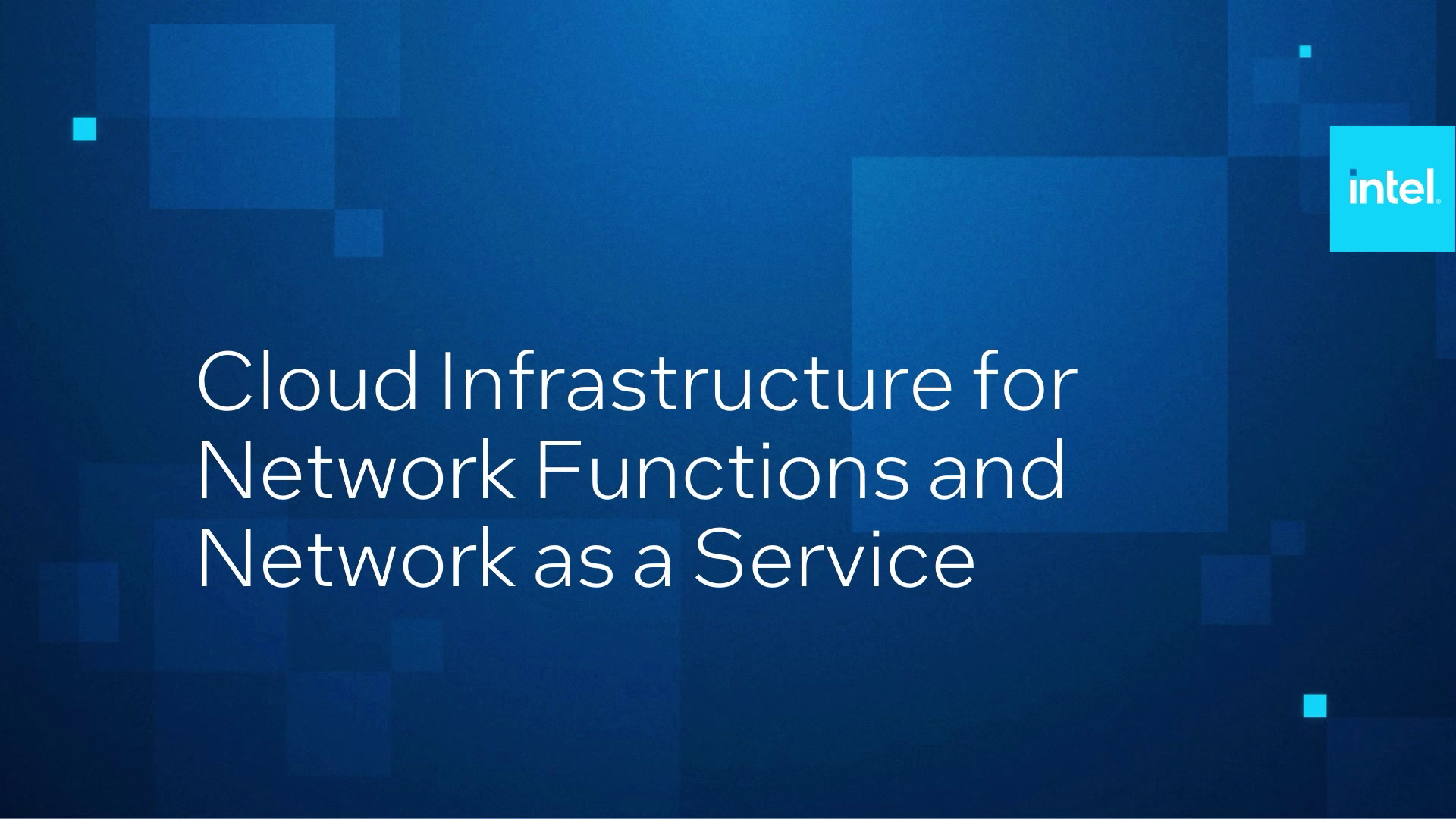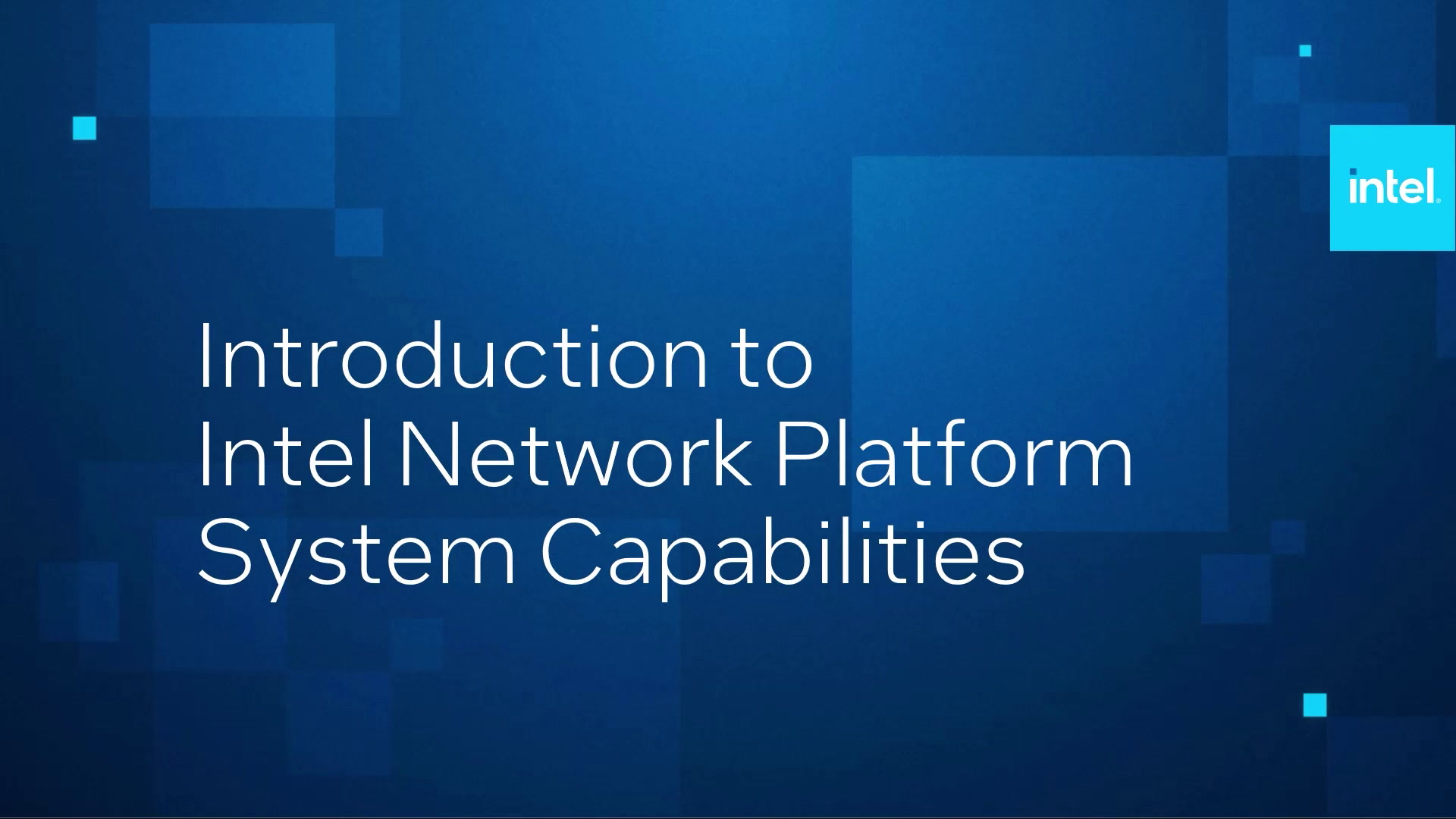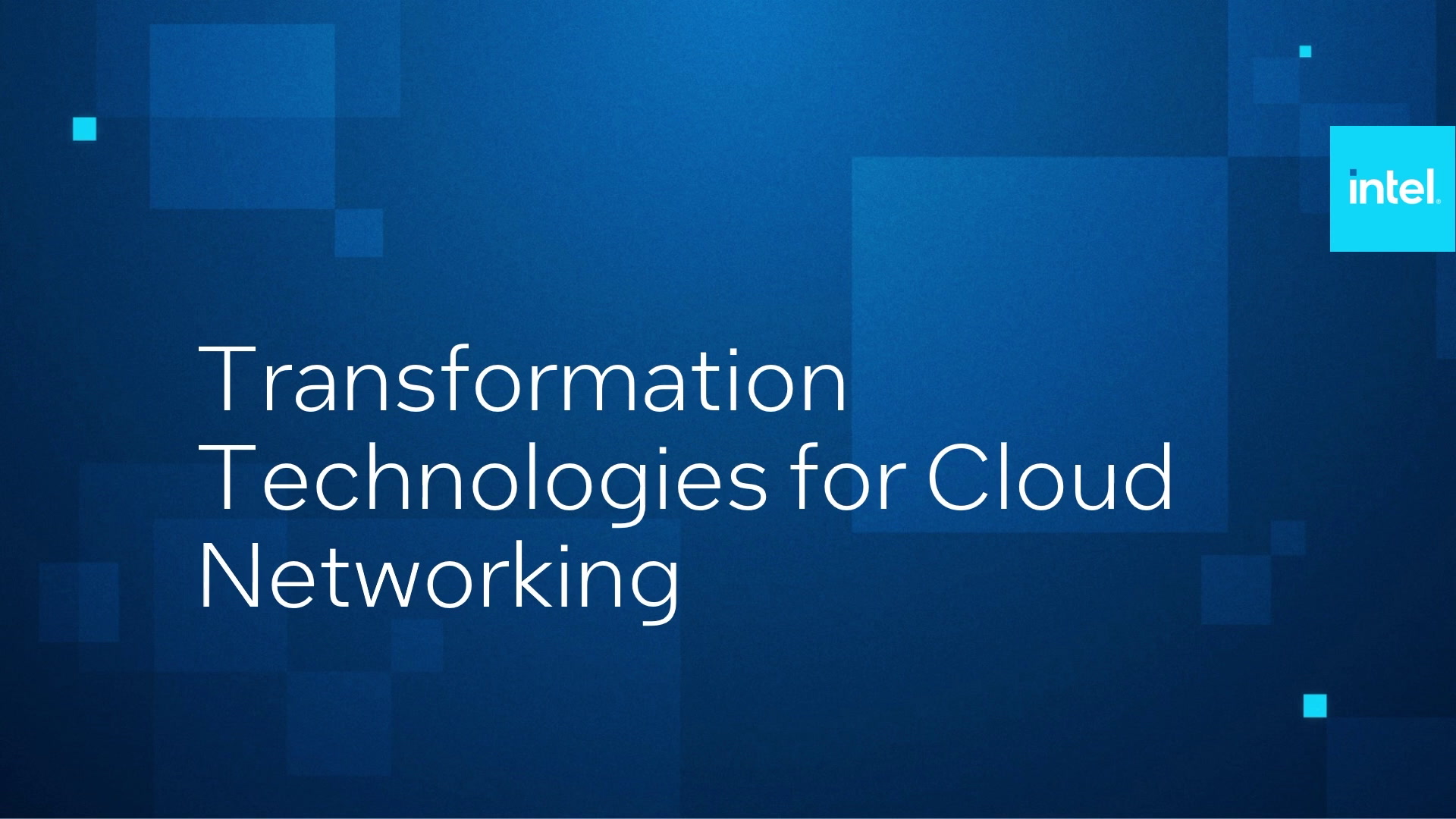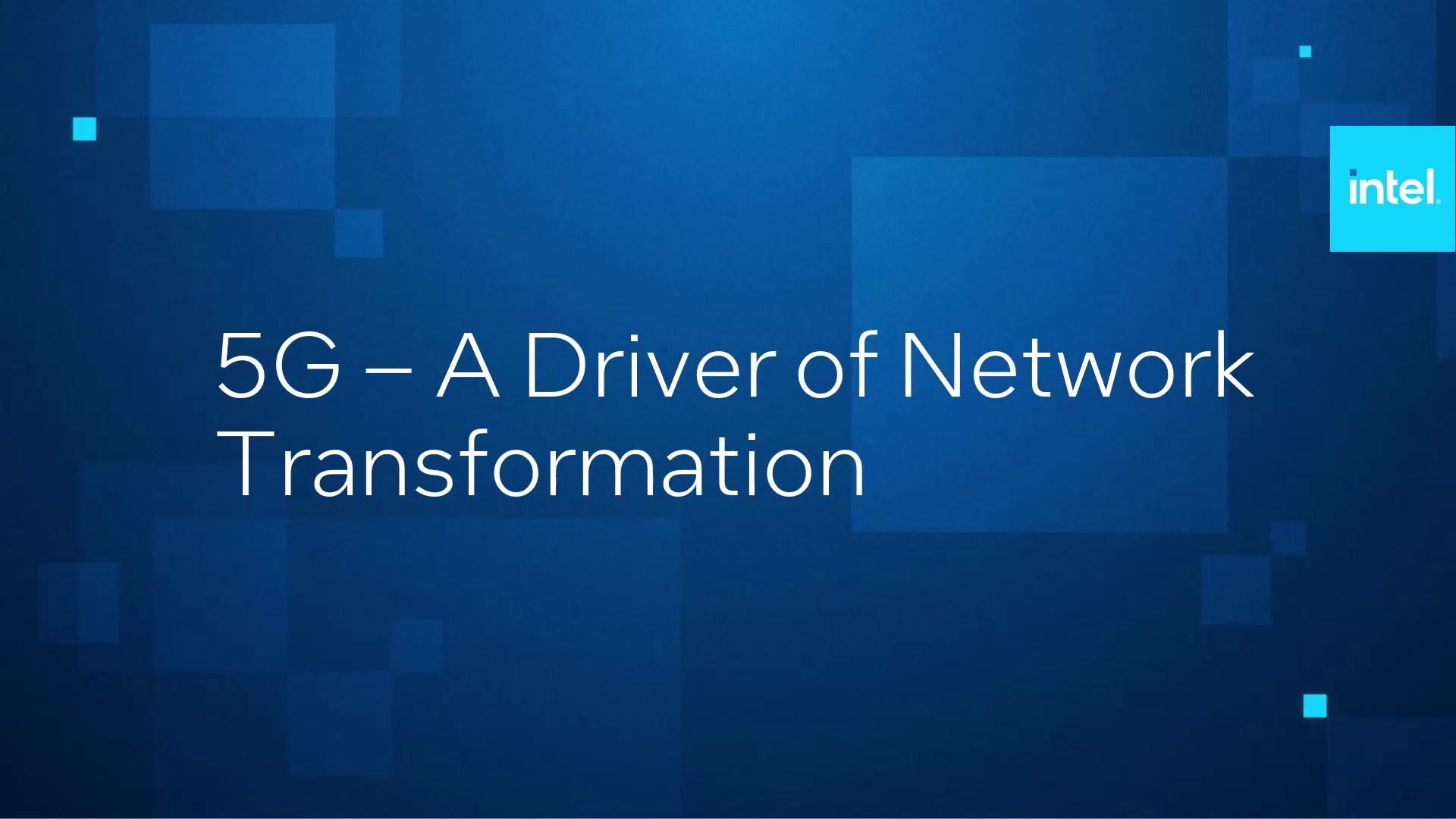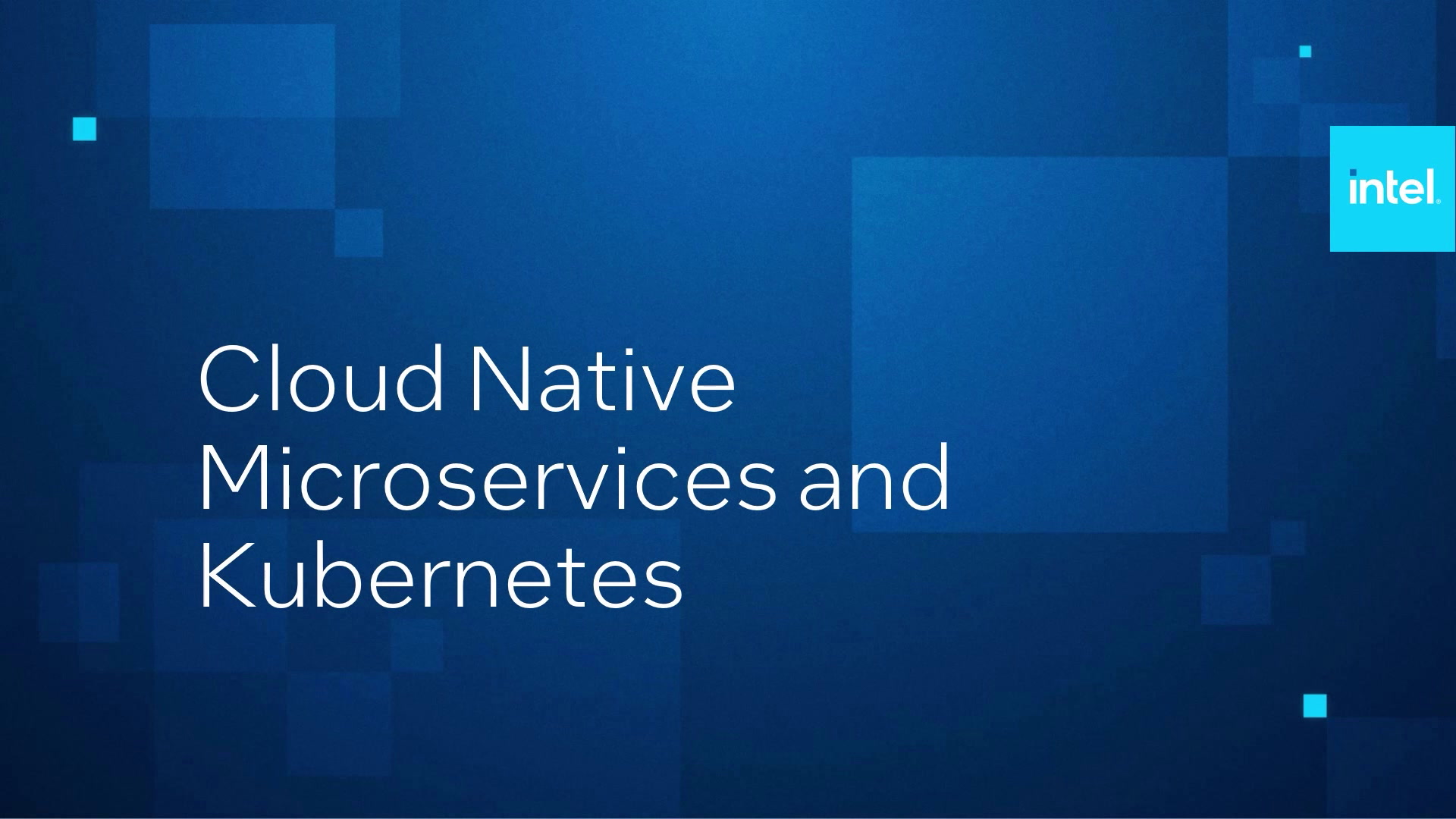Course Overview
The road to 10G in the cable market is paved by DAA (Distributed Access Architecture) and virtualization. In the next year or two, Cable MSOs will offer multi-gigabit symmetric broadband service with DOCSIS 4.0. Software-based CMTS running on data center servers powered by Intel CPUs enable the cable industry to exponentially grow their DOCSIS network capacity at a fraction of the cost to protect their market lead.
DAA has revolutionized the cable industry by facilitating a shift to a software-driven DOCSIS network. Since 2017, Intel has partnered with the cable ecosystem in pioneering development of the data plane processing capabilities for virtual CMTS (vCMTS) functionalities, seamlessly executed on Intel CPUs. This course delves deeper into the Emmy® Award winning technology platform, offers an architectural framework for the vCMTS Reference Data Plane, and dives into the intricacies of packet processing pipelines and the optimized cloud-native software stack. Furthermore, it serves as an invaluable guide for system architects in server sizing and dimensioning, while underscoring the performance metrics of the vCMTS workload on Intel's state-of-the-art 4th generation Xeon CPU.

